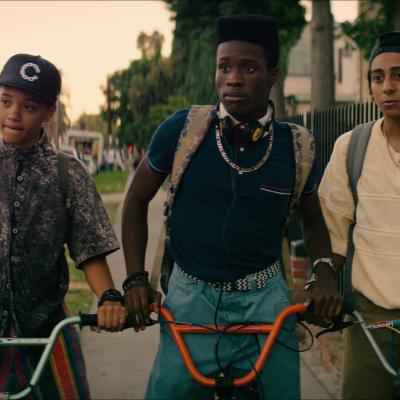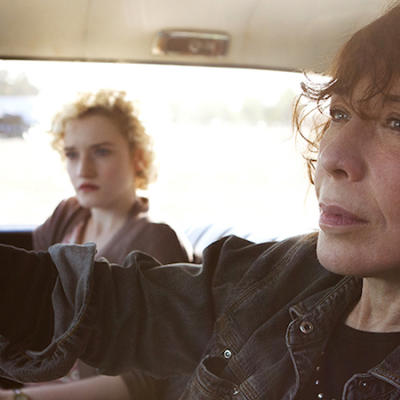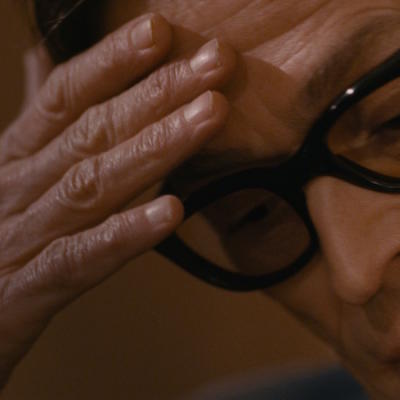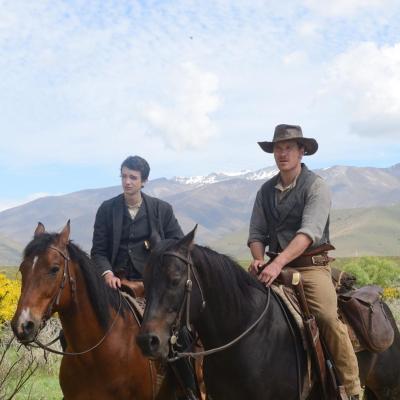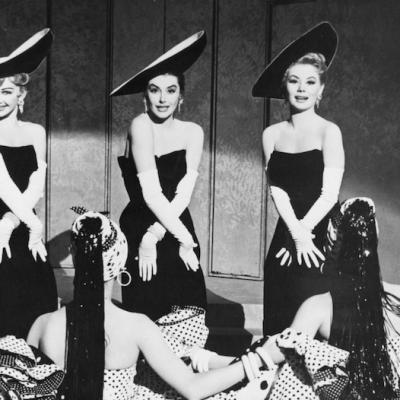It’s not very often that, in the opening credits of a movie, the audience are informed who provided the lingerie and perfume, but when those items appear in the disarming opening of The Duke of Burgundy, it immediately lets you know that there’s something up.
The film is directed by British director Peter Strickland, and as per his signature style, which he established firmly with the arthouse horror hit Berberian Sound Studio in 2012, it is sensual in ways that you may have thought impossible of film. The erotic drama is a pretty unique viewing experience, and what it lacks in structure, rhythm and characterisation, it definitely makes up for in style.
Never explicitly stated, but strongly implied, is that The Duke of Burgundy takes place in a world inhabited only by women. Entomologist and university professor Cynthia (Sidse Babett Knudsen) is engaged in a passionate relationship with one of her students, the reserved Evelyn (Chiara D’Anna). Their relationship is centred around a dom-sub dichotomy, which they explore through complex role plays in which Evelyn plays Cynthia’s maid.
As the film goes on, questions start to arise and the dynamic between the two shifts in almost imperceptible increments until the audience is asking who is really in charge in the relationship. This aspect of the film is navigated beautifully, not only by the screenplay, but through the performances of its central characters.
Sidse Babett Knudsen is absolutely remarkable as Cynthia. She essentially plays two characters, the harsh, severe woman of Evelyn’s fantasies, and her more tender, real self. Because of the role play element of the film, many scenes are repeated, but Knudsen does an incredible job of adding subtle tics that create a different emotional subtext each time. Chiara D’Anna is also very effective in displaying the sharp contradictions at the centre of her character.
Both actors do the best that they can with a screenplay that is rather uneven. The film gets off to a promising start, but its rather fractured episodic structure lacks rhythm and as such is not as compelling as it could have been. This culminates in a hallucinatory sequence in the third act that feels as if it should be the emotional climax, and is instead quite baffling and even frustrating,
The Duke of Burgundy seems to pursue style over substance, and as a result the characters do not seem fully formed, and their relationship is still somewhat of an enigma by the time the credits roll. There are moments of genuine emotion, but in the scheme of the whole picture, they seem like unsatisfying morsels.
Even so, the film is absolutely wondrous to behold. The cinematography by Nic Knowland manages to be both hazy and sharp at the same time, tangibly provoking the senses in unexpected ways. The strength of the imagery is so great that you can almost feel the similarities between the complex undergarments that Cynthia wears and the many insect carapaces that crowd the screen.
A beautiful and intriguing baroque folk score by English-Canadian indie duo Cat’s Eyes also meshes perfectly with Peter Strickland’s aesthetic – heavily influenced by the cinema of the late 1960’s and early 1970’s – adding another layer to the gorgeousness of the film.
The Duke of Burgundy is probably one of the most beautiful films you will see this year, and has some amazing performances, but overall it’s lacking. Its depiction of the dom-sub relationship at its centre could have been a fascinating portrayal of a little-explored side of human sexuality, but instead it feels half-formed, almost unfinished. It’s a film that’s gripping in its passion and sensuality, but will leave you cold after it’s all over.
The Duke of Burgundy screened as part of the 2015 Sydney Film Festival.
